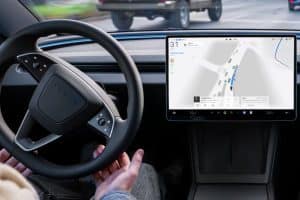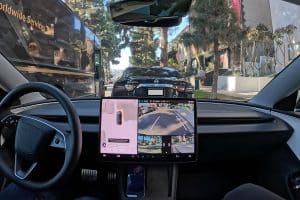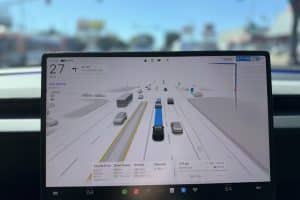Tesla’s Full Self-Driving Evolution: The Last Big Piece of the Puzzle
The world of autonomous driving has been waiting with bated breath for Tesla’s next move, and it seems we’re closer than ever to witnessing a monumental leap in Full Self-Driving (FSD) technology. As CEO Elon Musk describes it, the forthcoming FSD model might just be “the last big piece of the puzzle.” This tantalizing promise of autonomous mastery is not just a technological upgrade but a significant step towards redefining mobility.









